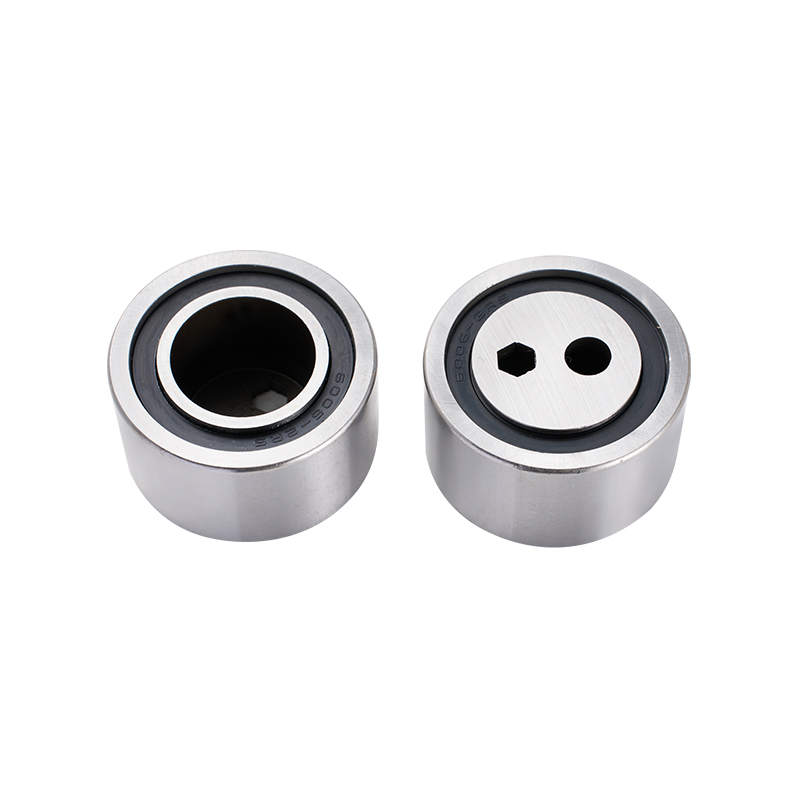
The VKM13100 bearing plays a critical role in automotive and industrial systems, often used in timing belt tensioners or other rotating components. Like all bearings, it is subject to wear and tear over time. Recognizing the signs of a worn VKM13100 bearing can help prevent system failure, reduce maintenance costs, and ensure safety.
Unusual Noise During Operation
One of the noticeable signs of a worn VKM13100 bearing is unusual noise. Bearings are designed to rotate smoothly and quietly, but when wear occurs, they often produce grinding, squealing, or rattling sounds.
These noises can vary depending on the type and extent of wear. For example, damaged rolling elements or a rough inner race may create a grinding sound, while loosened components can cause to rattling. Paying attention to abnormal sounds during engine operation or equipment use can provide an early warning that the VKM13100 bearing requires inspection.
Excessive Vibration
Vibration is another key symptom of a failing bearing. A properly functioning VKM13100 should allow components to rotate steadily without noticeable shaking. When wear or damage occurs, the bearing may no longer support smooth rotation, resulting in excessive vibration.
This vibration can be felt in the engine, motor housing, or connected components. Persistent or increasing vibration often indicates that the bearing is losing its structural integrity and may soon fail if not replaced.
Visible Wear or Damage
Physical inspection can reveal signs of wear in a VKM13100 bearing. Look for scratches, grooves, or discoloration on the bearing surfaces. Corrosion or pitting may also occur, especially if the bearing has been exposed to moisture or contaminants.
Damaged seals or lubricant leakage are additional visual indicators. Bearings that appear dry, rusty, or unevenly worn often cannot perform properly, making replacement necessary to avoid further damage to surrounding components.
Increased Operating Temperature
A worn VKM13100 bearing may generate more heat than normal during operation. Friction increases as the bearing's rolling elements or raceways degrade, causing a rise in temperature.
In engines or machinery, this heat can sometimes be detected by touch, infrared sensors, or temperature monitoring systems. Overheating not only signals bearing wear but can also affect the performance of connected parts, making prompt attention critical.
Performance Issues in the System
Finally, wear in the VKM13100 bearing can affect the overall performance of the system it supports. In automotive applications, a worn timing belt tensioner bearing can cause misalignment, belt slippage, or unusual belt wear. In industrial machines, a failing bearing can reduce rotational efficiency or cause to erratic operation.
Monitoring system performance and noting any irregularities can help identify a failing bearing early. Prompt replacement can prevent costly repairs and maintain reliable operation.
A worn VKM13100 bearing can present multiple signs, including unusual noise, excessive vibration, visible damage, increased operating temperature, and system performance issues. Recognizing these indicators early allows for timely maintenance and replacement, preventing further damage and ensuring smooth operation.
Regular inspection, proper lubrication, and attention to abnormal sounds or vibrations are key to prolonging the life of a VKM13100 bearing and maintaining the safety and efficiency of the equipment it supports.



 English
English русский
русский
